Notice the yellow tail of this juvenile copperhead This snake uses its decorated tail as a lure in order to catch frogs and lizards As the snake matures, the tail color fades to dark brown or black and is no longer used as a lure To the right is a map of Georgia The shaded areas show the range of the copperhead county by countyPhoto by John Jensen, DNR Not at all There are six venomous snake species in Georgia (Copperhead, Pigmy Rattlesnake, Timber Rattlesnake, Cottonmouth, Eastern Diamondback Rattlesnake, Eastern Coral Snake), and 39 nonvenomous snake species These are mediumsized snakes that may exceed 24 inches in length245 Images About Brown Headers On We Heart It See More About Brown Aesthetic Headers Tumblr

Snakes In Tn Watertown Transporting New House Middle School Tennessee Page 7 Baby Snakes Snake Poisonous Snakes
Brown snake baby copperhead snake georgia
Brown snake baby copperhead snake georgia-Copperhead snake bites on the rise in Georgia ( Fox News);Thread starter #1 blovenerika Member #1 Pretty sure its a Copperhead just never seen one this small How many of these little things are hatched in the average den?
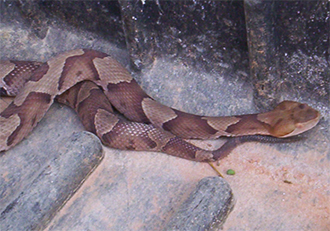



The Copperhead Snake Is Often Misidentified
I have an 18 month old that loves playing in grass so I would like toThe typical litter of a mother copperhead snake is five to eight snakes, but there can be up to About 34 people die on Georgia's highways each day Pit viper venom will destroy tissue, so adding a tourniquet concentrates the venom in one area and leads to a possible loss of limb Don't hesitate to head to the water this summerQUICK "BABY" COPPERHEAD IDENTIFIER Copperhead juveniles will have a caudal lure on the tip of their tale This is a brightly colored tip usually yellow, green or whiteish As adults this darkens and disappears In Georgia small snakes less than 12 inches without a caudal lure are most likely NOT juvenile copperheads (see above and below pictures)
Baby Copperhead Snakes Collected from the entire web and summarized to include only the most important parts of it Can be used as content for research and analysis Home Blog Pro Plans B2B solution Login Advanced searches left 3/3 Search onlyNorthern Copperhead, Agkistrodon contortrix is a venomous pit viper found in Eastern North America Copperhead snakes are common in large parts of the United States Where adult snakes can be found, baby copperhead snakes are almost guaranteed to be around the same parts at their most active time of year You are likely to spot a copperhead baby closer to habitats whereWater snakes (even baby snakes from Georgia) are able to dive and swim underwater Northern and battered water snakes have brown markings on their skin, giving them a striking resemblance to copper heads or cotton mouths The eyes of brown water snakes are
In order to identify baby copperheads, look out for bright yellow or green lines on their tails Baby copperheads typically have this mark for the first year of their lives Their coloring is typically light brown or reddish, and some younger snakes can look dark grayBrown snakes are viviparous, with females giving birth to 331 young in late summer They probably reach sexual maturity at 2 3 years of age Conservation Status Brown snakes are common in our region and are not protected throughout most of it This species is protected throughout the state of Georgia Thankfully, the young snakes are easy to identify The baby copperheads are about seven to eight inches long The coloration is very similar to the adults in they are usually light brown or reddish in appearance Just be warned, some younger snakes can appear dark gray
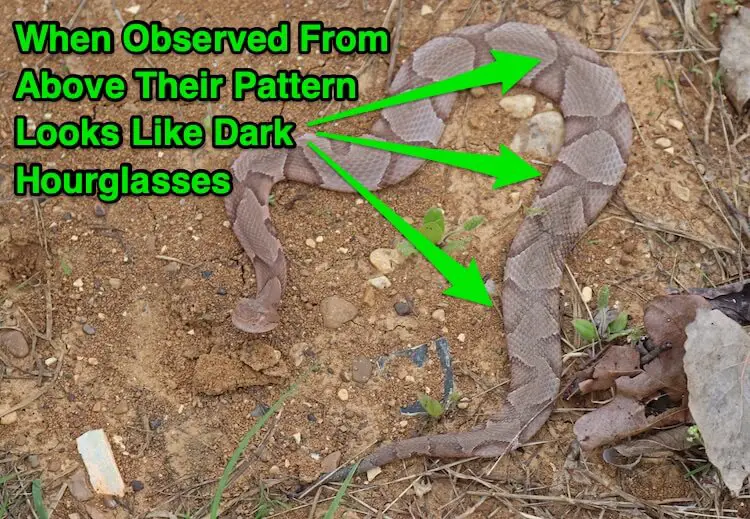



7 Ways To Identify Prevent Remove Baby Copperhead Snakes Everything Reptiles
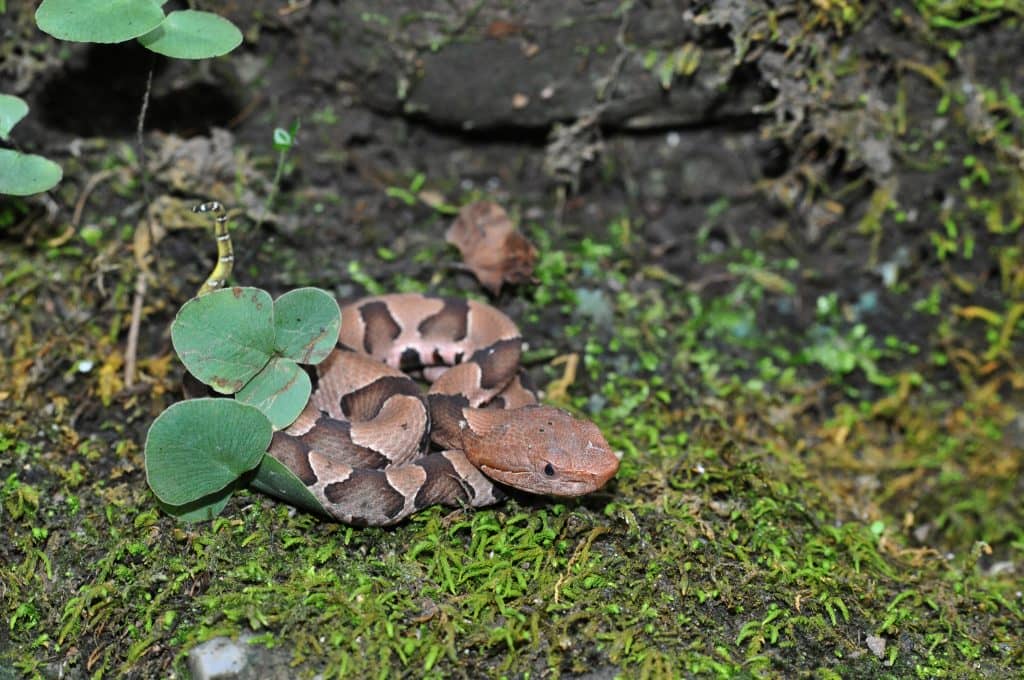



How To Identify A Baby Copperhead Snake 21 Pictures
All rights reserved Other nonvenomous species in Georgia include smooth and rough earth snakes, rat snakes, crayfish snakes, eastern and southern hognose snakesBaby Brown Snake Georgia Appalachian vipers baby season for georgia rattlesnakes and copperheads We found some great numbers and some really awesome species as wellsee Snake hunting north carolina giant copperhead wild corn snake rare swamp snakes and more Its colour and pattern are rather variable, depending largely on its locationThe dekay's brown snake is a small, harmless fossorial snake found across the Eastern US which is often mistaken for juvenile copperheads In this video, we
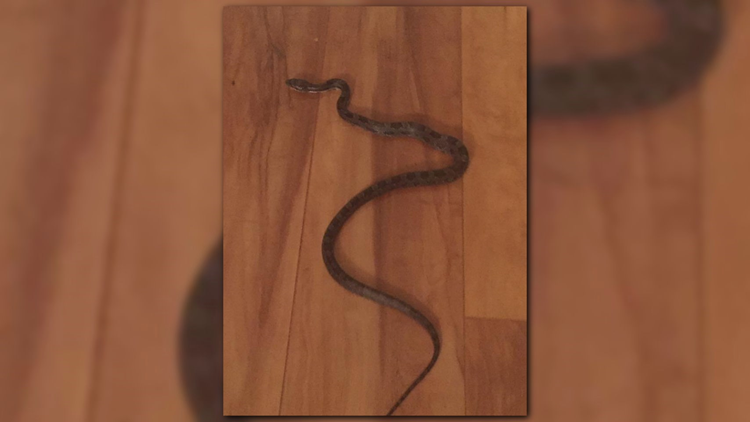



Can You Identify This Snake Here S How 11alive Com
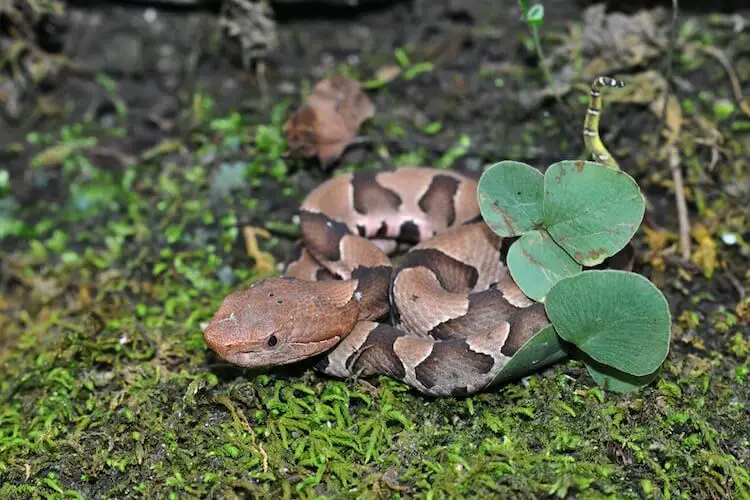



7 Ways To Identify Prevent Remove Baby Copperhead Snakes Everything Reptiles
Brown snakes are Australia's deadliest snakeCopperhead and juvenile cottonmouth snakes are both brown in color What to do if you find a copperhead in your yard? If you're in the mountains, they're called timber rattlers, but if you're near the coast, they can be referred to as canebrake rattlesnakes There's some good news, though I opened the back door, he was wrapped around the piston thing at the bottom of the door During the winter, they'll burrow underground, but once the weather warms up, they're quite active An interesting




Watch Out For Copperhead Snakes Around Lake Hartwell Lake Hartwell Guide




Species Profile Copperhead Agkistrodon Contortrix Srel Herpetology
The bold color on Redbellied Water Snakes might be one exception to the rule Geographic placement of the snake can help The Green Water Snake, for example, is only found along the Georgia southern border The picture shows a brown watersnake The dark blotches on a brown body are the best field identification clues Copperheads And Similar Looking Harmless Species Georgia Copperhead FactsIf you see a copperhead or any poisonous snake in your yard, gather up the kids and pets and retreat to the house immediately!




How To Identify The Copperhead




8 Snakes That Look Like Copperheads With Pictures Wildlife Informer
For one thing, Jason Clark, a snake expert, said you should definitely leave snakes alone if you spot them "Run, cartwheel, flip, crawl," Clark said "However you get away from the snakeBrownsnakes Storeria dekayi are small (0400cm record 5277cm) natricine snakes often found in disturbed habitats like urban and suburban yards They are one of the most commonly encountered snakes in eastern North America and make good pest control as they feast on small, softbodied invertebrates A separate but distinct species, Storeria You've seen the headlines about snakes in Georgia, right?



Baby Copperhead Season Has Begun In Carolinas What To Know The State
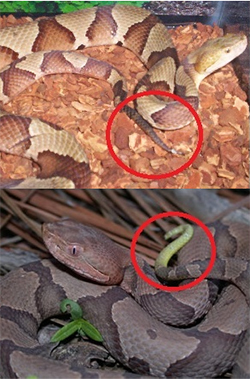



The Copperhead Snake Is Often Misidentified
The Brown Water Snake is a common snake in Georgia and the first of our nonvenomous water snakes on our list Its appearance is brown to dusty brown, and it has splotches across its large body This species is found in the Coastal regions of Georgia, living in swamps, canals, and rivers They usually eat catfish, small lizards, and crayfishCopperheads Posing Threat ( US News); 1st NONvenomous Brown Snake 2nd NONvenomous Ringneck Snake Often hatching or birthing in late summer commonly encountered in the Fall while raking leaves Over 85% of Georgia's snakes species are NONvenomous Young juvenile nonvenomous snakes can also be banded, striped and appear to have large heads




Snakes In Georgia The Good The Bad And The Truth




How To Identify A Baby Copperhead Snake 10 Key Features Survival Freedom
As all Georgia's nonvenomous snakes, the midland brown is protected due to their assistance in pest control Their diet consists of earthworms, slugs, snails insects and spiders Subsequently, question is, are baby brown snakes dangerous? The second photo was the first hit produced by a Google image search on "baby copperhead," but it's a common brown snake (and too small to be a newborn copperhead) The third photo is a worm snake, the most common snake in this area, and about as harmless as any animal can be Leave it alone to eat slugs in your gardenBaby Copperhead Snake Georgia images, similar and related articles aggregated throughout the Internet
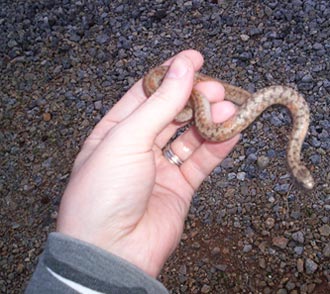



Early Spring Snake Activity
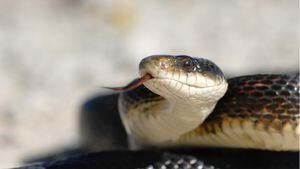



Georgia Family Finds 18 Snakes In Their Bedroom Wsb Tv Channel 2 Atlanta
Baby Copperhead Snake GeorgiaThey are most abundant in texas, georgia, north carolina and south carolina Baby copperheads have yellow tails Experts at the georgia poison control said they are seeing a big spike in snake bite calls, in particular from copperheads Yes, baby copperheads are poisonous, just like adult copperheads Copperhead babies are born live, not hatched fromBaby Copperhead Snake Collected from the entire web and summarized to include only the most important parts of it Can be used as content for research and analysis Home Blog Pro Plans B2B solution Login Advanced searches left 3/3 Search onlyThe baby copperheads are about seven to eight inches long
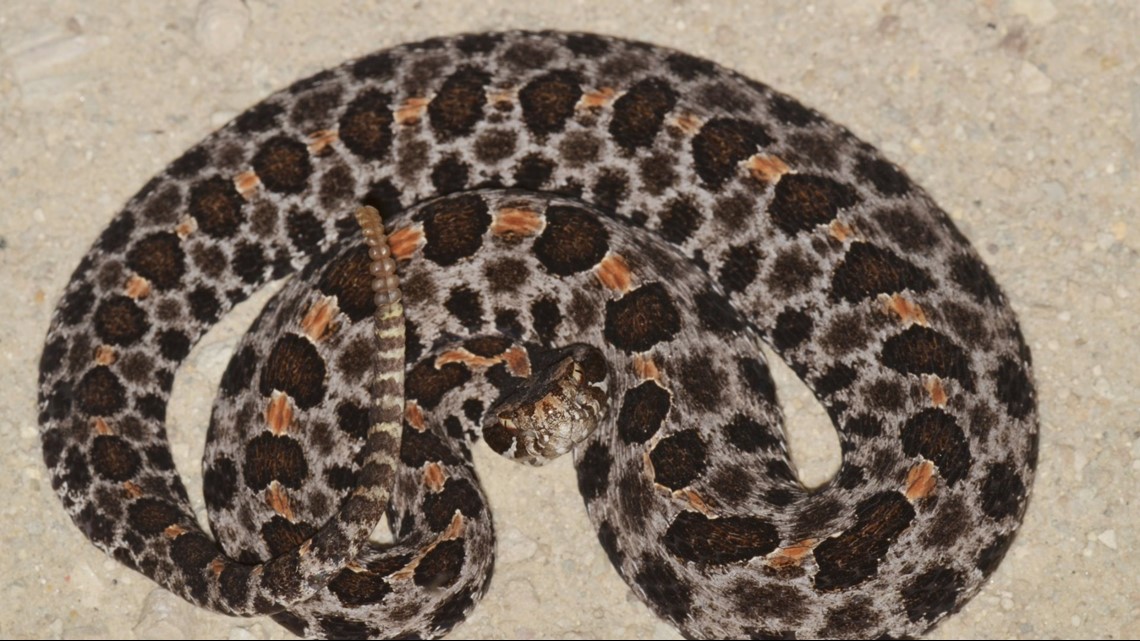



Watch Out For Baby Copperhead Snakes Wfmynews2 Com
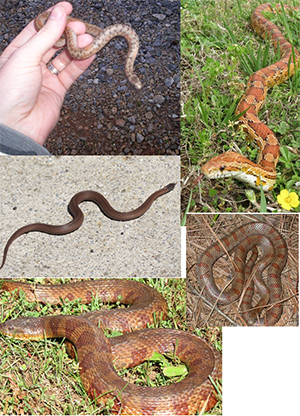



The Copperhead Snake Is Often Misidentified
Baby snake in georgia # Thankfully, the young snakes are easy to identify When it comes to the next generation, snakes display two life history approaches Baby snake in georgia # This is the only venomous snake in the georgia that isn How to be safe around snakes Snakebites in georgia up 40 to 50 percent this year (may 11Snakebites in Georgia up 40 to 50 percent this year ( WSB);Best Brown Aesthetic Images In 19 Coffee Latte Aesthetic 28 Images About Brown Aestheti




How To Identify A Baby Copperhead Snake 21 Pictures




Georgia Snakes Pictures And Identification Help
Keeping this in view, are Midland brown snakes poisonous? Snakes of south carolina and georgia According to a 12 study, georgia has 1567 snakes per square mile, surpassing arizona's 152 for the largest number in the country Beach goers might cross paths with the yellow ratsnake It'sssssss baby copperhead snake season!The body is tan to brown with darker hourglassshaped crossbands down the length of the body Individuals from the Coastal Plain often have crossbands that are broken along the center of the back The head is solid brown, and there are two tiny dots in the center of the top of the head Juveniles resemble adults but have a bright yellow tail tip




Snakes In Georgia The Good The Bad And The Truth
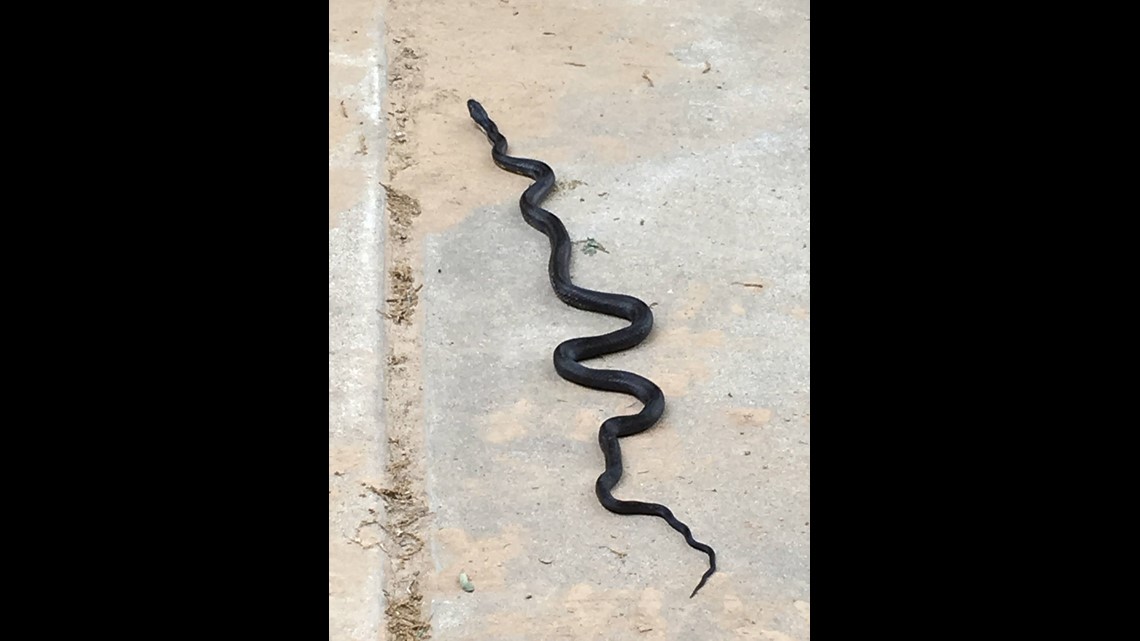



Verify Was A Massive Copperhead Snake Found In Canton Ga 11alive Com
The number of snakes on this list that are nonvenomous but look like the venomous Copperhead speaks to the importance of being able to identify wildlife Mistaking a venomous snake for a nonvenomous snake is not a mistake you want to make if you plan on getting close to the snake Water snakes (even the baby snakes in Georgia) are able to dive and swim underwater Northern and banded water snakes have brown markings on their skin, which give them a striking resemblance to copperheads or cottonmouths The eyes of brown water snakes are almost on the top of their headsWhat does a baby Copperhead look like in Georgia?



When Are Baby Copperheads Born And Are They More Dangerous Raleigh News Observer
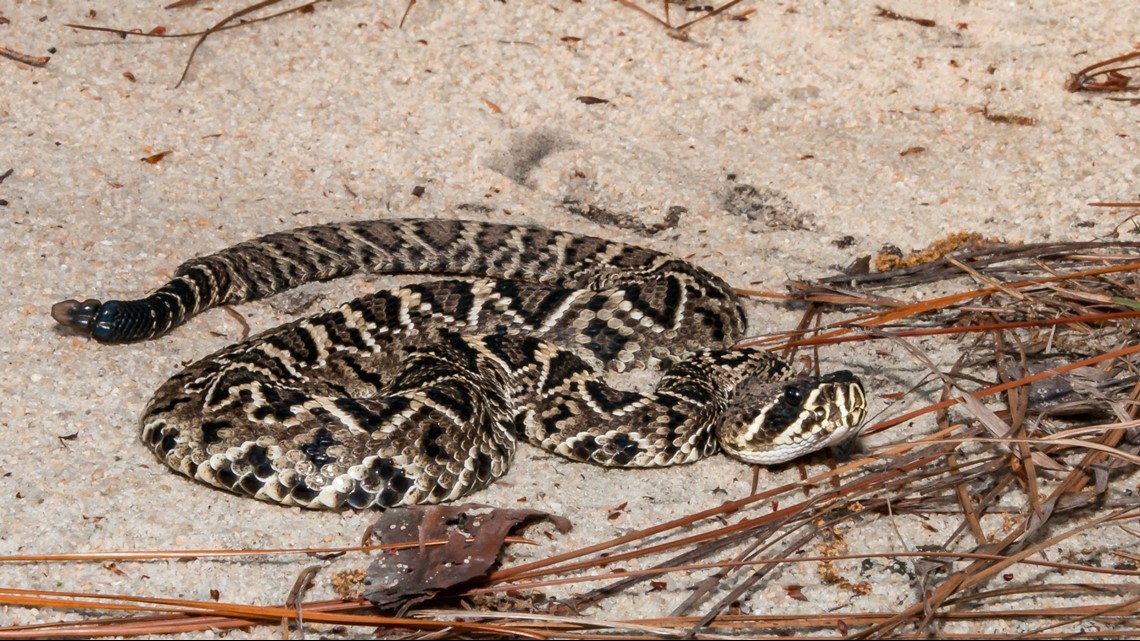



Watch Out For Baby Copperhead Snakes Wfmynews2 Com
Snake ID Baby Copperhead?Snakes of georgia • there are forty species of snakes that make georgia their home brown and redbelly snakes belong the the genus storeria, and both species live in georgia It is illegal to kill, capture or kingsnakes and milksnake of georgia Check out our brown snake selection for the very best in unique or custom, handmadeSnake Bites Began Early in 17;
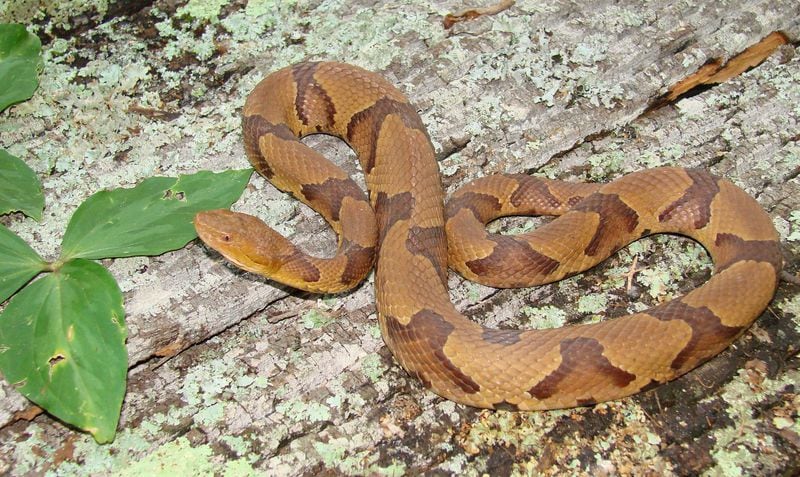



Venomous Snakes In Georgia What You Need To Know
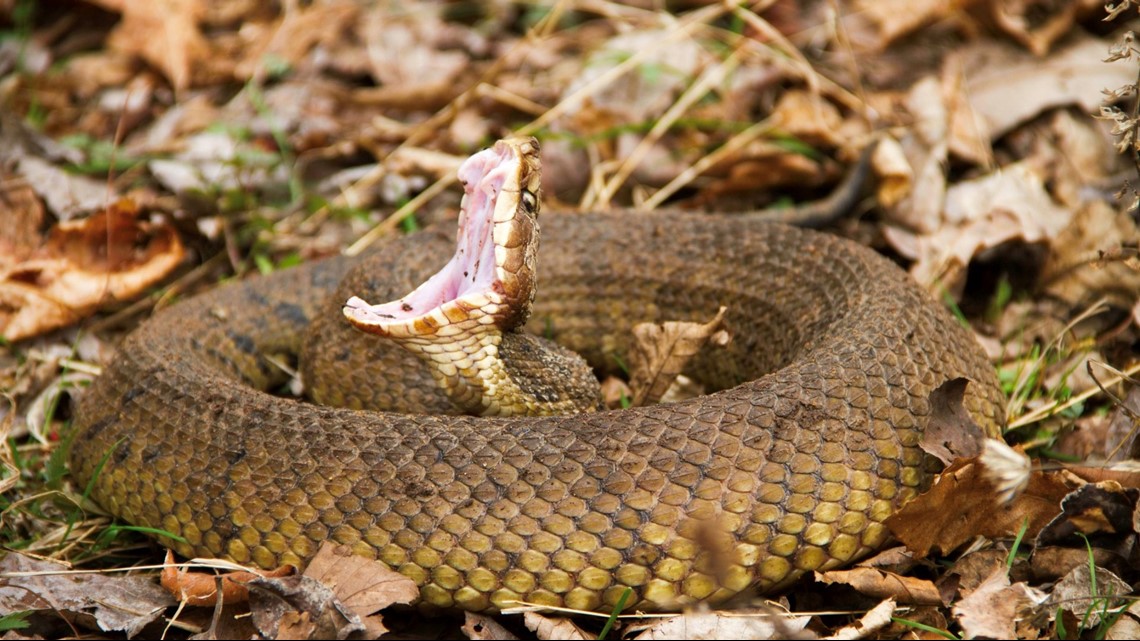



Verify Was A Massive Copperhead Snake Found In Canton Ga 11alive Com
These stories felt like sensational journalisma common scareOther than the dots, there is no pattern on the heads of copperhead snakes The body of a copperhead is usually a light tan or slightly pink color Sometimes baby copperheads are grayer than adults, but turn the more brownish color as they age Along the back of the snake are dark brown or reddishbrown markingsWhile this is a solid base of similar colors, they can vary a bit into grays and young baby copperhead snakes often even have yellow or yellowish tails Regional variances occur, but the base look of most copperheads will be the same most of the time copper, tan, brown, rust – with especially dark hour glass blotches down the body




A Field Guide To Commonly Misidentified Snakes




Georgia Snakes Pictures And Identification Help
In Pennsylvania, a commissionissued venomous snake permit is required "to hunt, take, catch, kill or possess" a copperhead or timber rattlesnake Even with the permit, "it Identification of the venomous copperhead snake and the harmless northern banded water snake In the Eastern US one of the biggest fears of homeowners and people who work or play outside near the water is
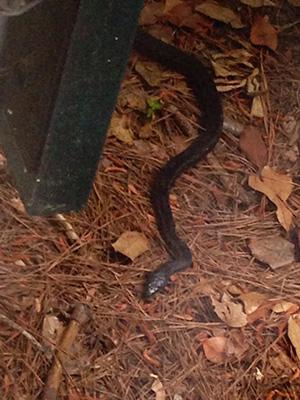



Copperhead Fever In Atlanta Can Releasing Kingsnakes And Black Snakes Chase Out Venomous Snakes




Georgia Snakes Pictures And Identification Help
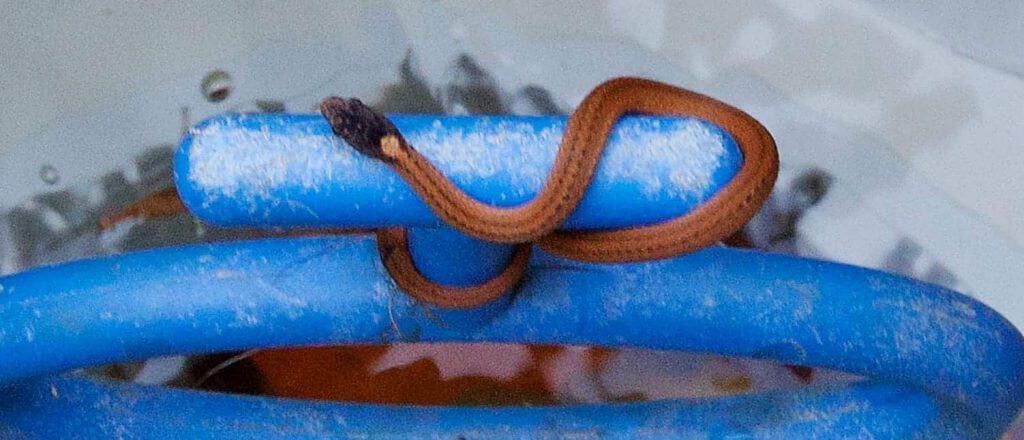



Baby Copperhead Snake Identification Guide Look For These 5 Things Embora Pets




The Copperhead Snake Is Often Misidentified



Copperheads And Similar Looking Harmless Species




Snakes In Tn Watertown Transporting New House Middle School Tennessee Page 7 Baby Snakes Snake Poisonous Snakes




Snakes In Georgia The Good The Bad And The Truth




Identification Of Snakes In Georgia




Cicadas And Copperheads Yes It S A Thing In Georgia Atlanta Ga Patch
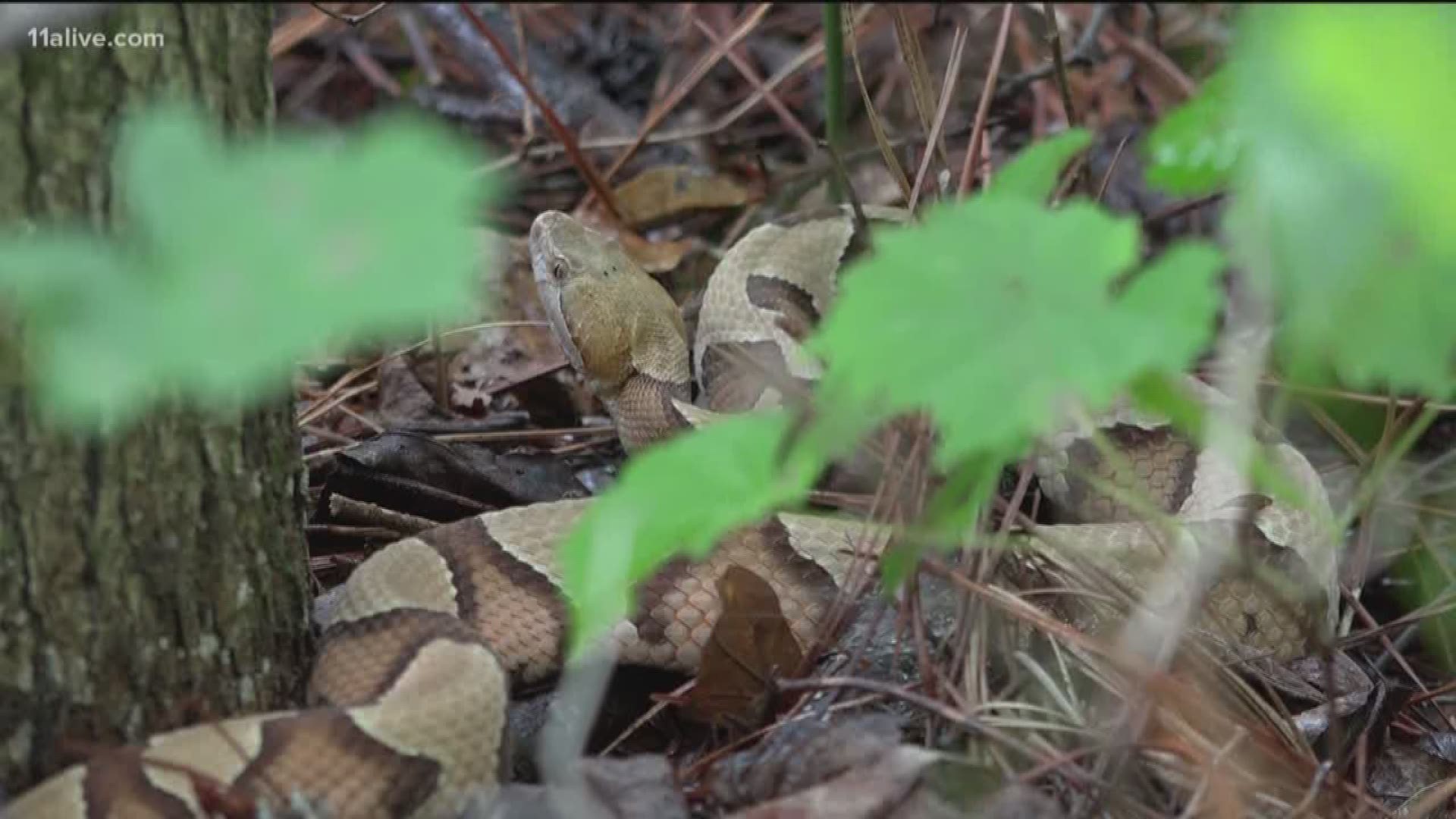



Copperheads Are Moving In Georgia Here S How To Protect Yourself 11alive Com




Baby Copperheads How To Identify Them And Get Rid Of Them




Georgia Woman Finds 17 Baby Snakes And 1 Mother Under Bed People Com



Baby Copperhead Or Other Atlanta Ga Whatsthissnake




Georgia Snakes 101 Dacula Ga Patch



Copperheads And Similar Looking Harmless Species




Baby Copperhead Snake Identification Guide Look For These 5 Things Automobilių Nuoma Jums




Brown Snake Identification Habits Behavior Allgood Pest Solutions




When Are Baby Copperheads Born And Are They More Dangerous Raleigh News Observer
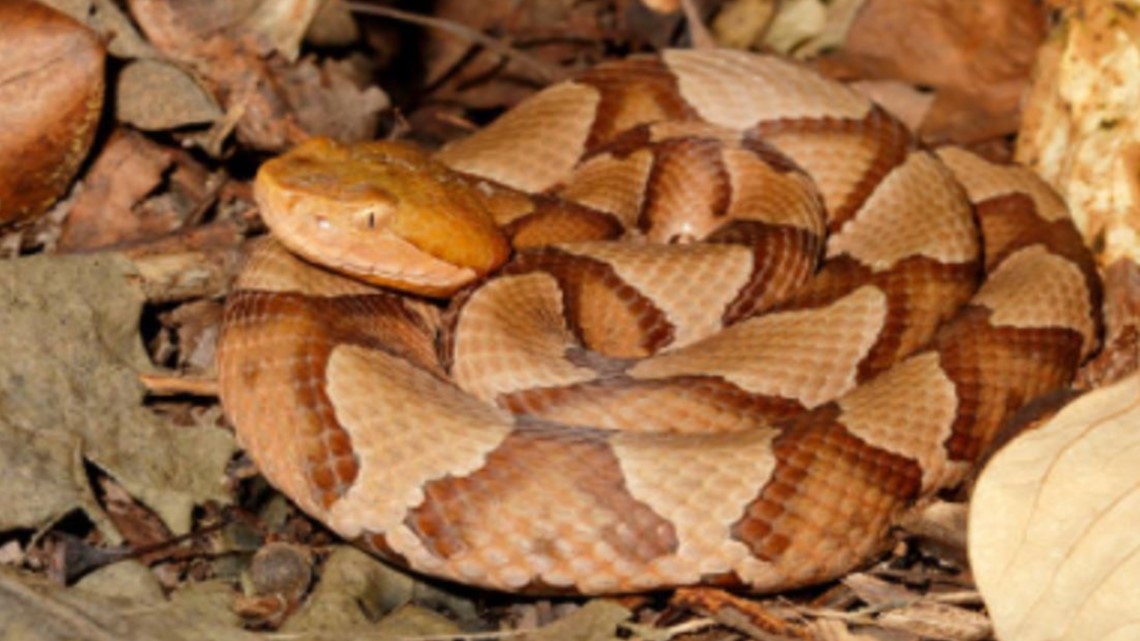



Watch Out For Baby Copperhead Snakes Wfmynews2 Com
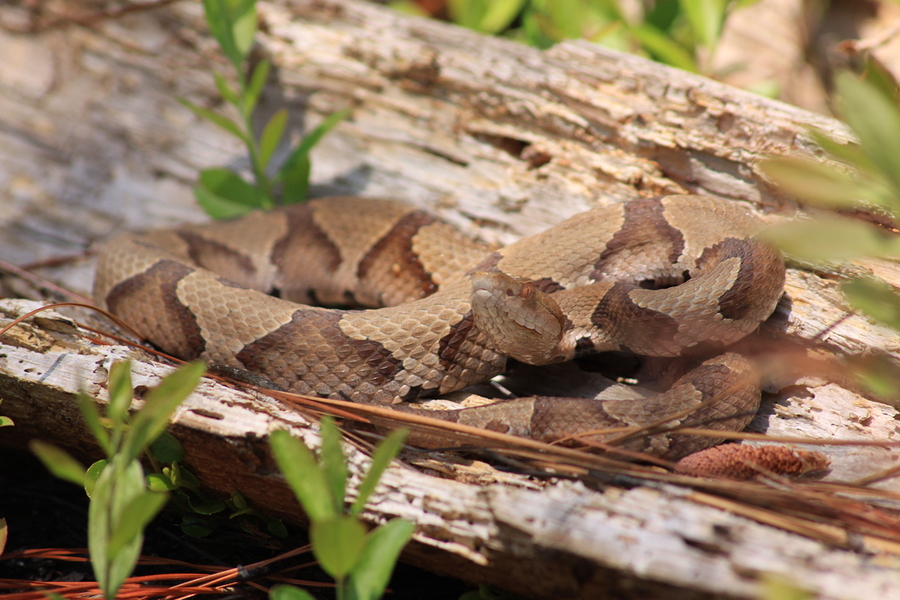



Copperhead Snakes Identification Threats Treatment
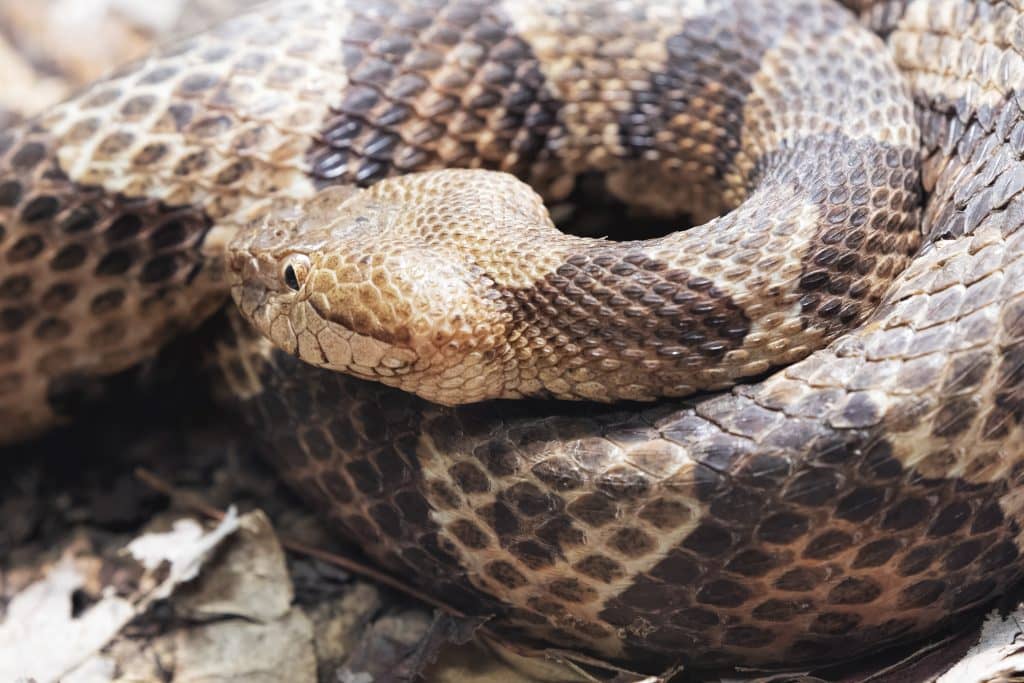



How To Identify A Baby Copperhead Snake 21 Pictures



Baby




Snake Dekay S And Garter Walter Reeves The Georgia Gardener




How To Identify Snakes In Sc Nc Ga
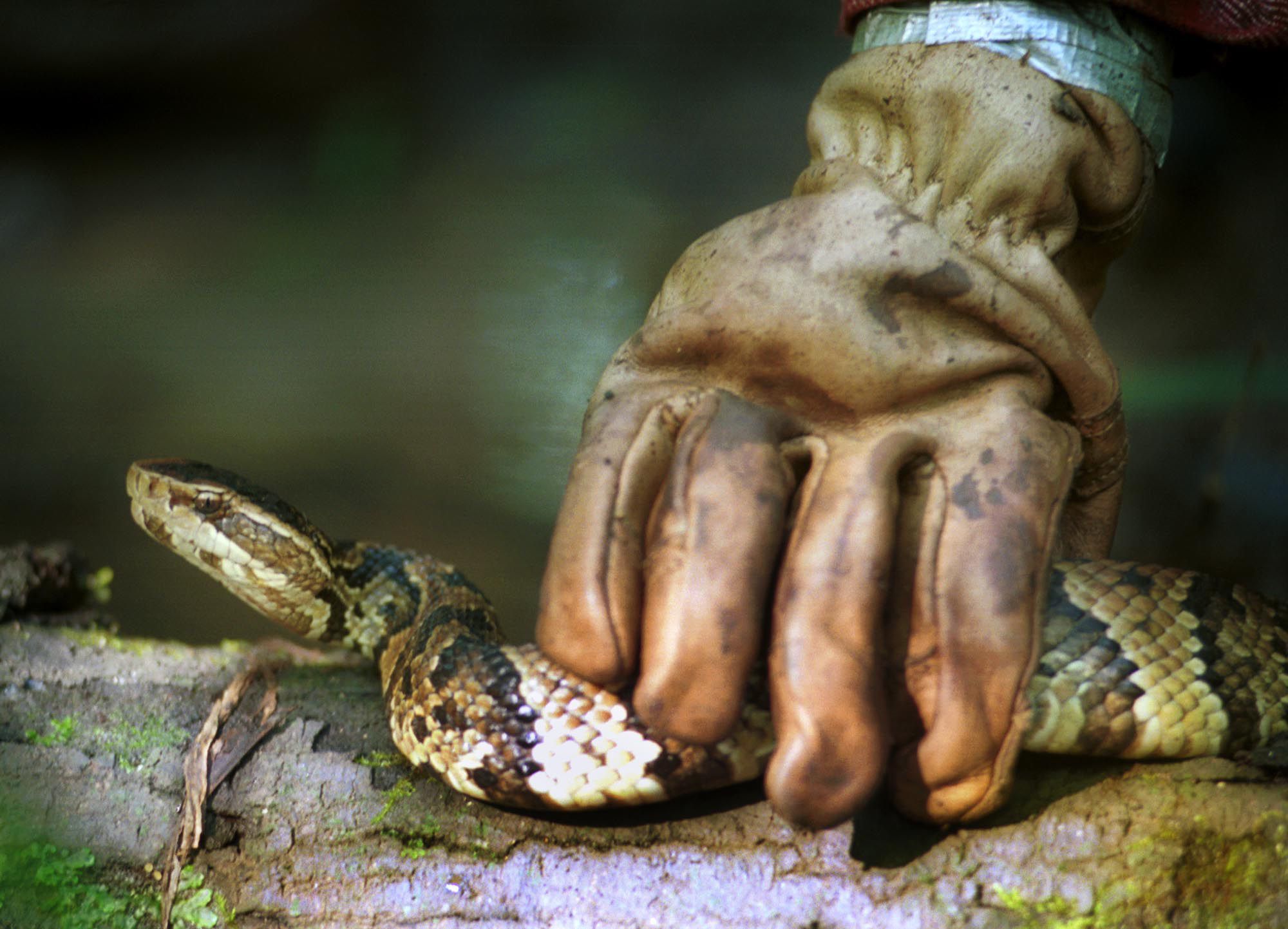



Venomous Snakes In Georgia What You Need To Know




Copperhead State Of Tennessee Wildlife Resources Agency




Vanguardcycles S Blog Pictures Of Baby Copperhead Snakes Showing 1 1 Of 1



The Official Ga Snake Id Thread Gon Forum
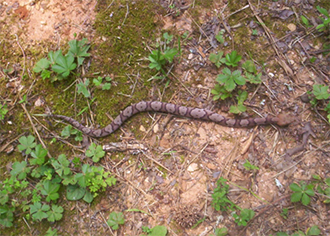



The Copperhead Snake Is Often Misidentified



1
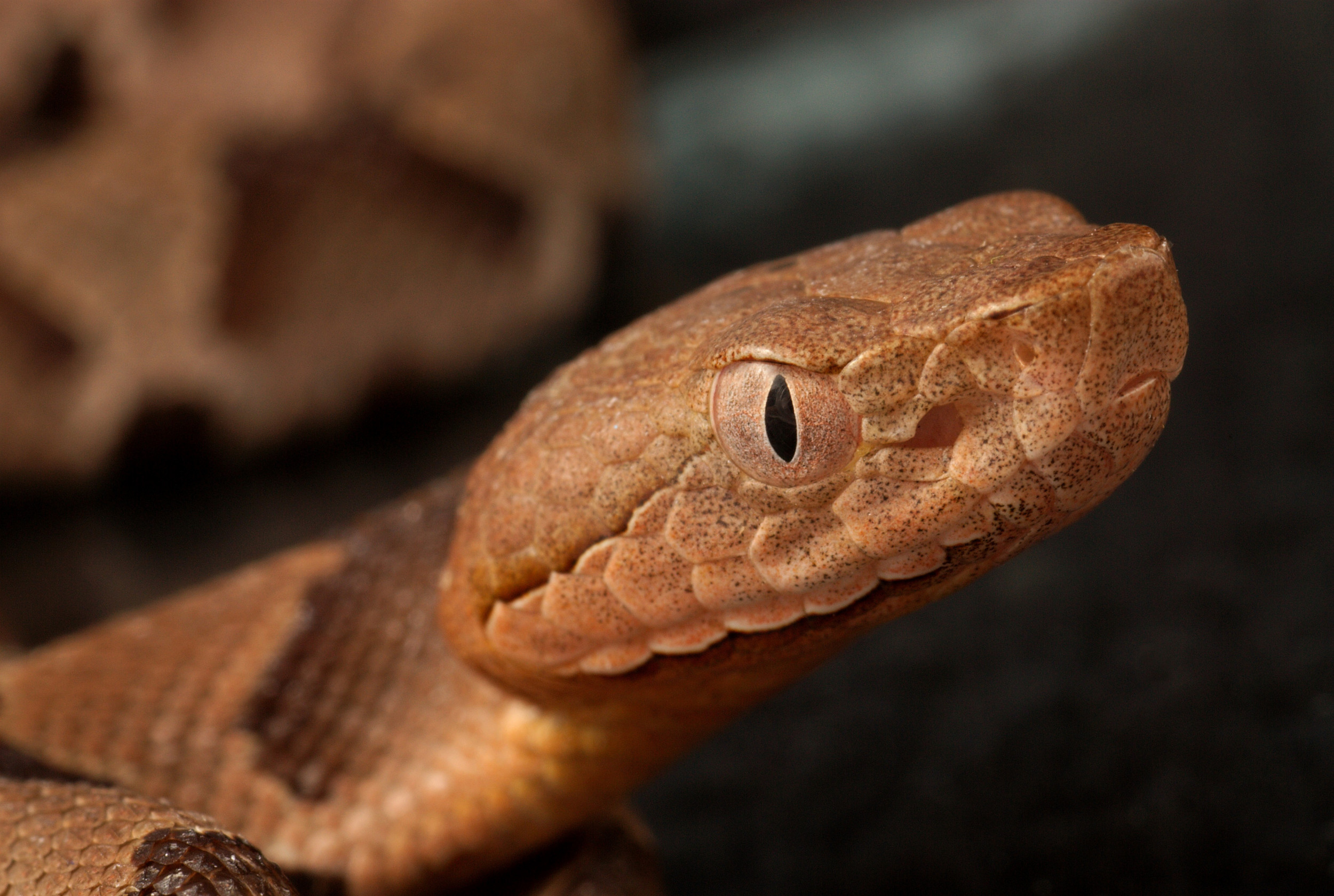



It S Baby Copperhead Snake Season Here S What You Need To Look Out For
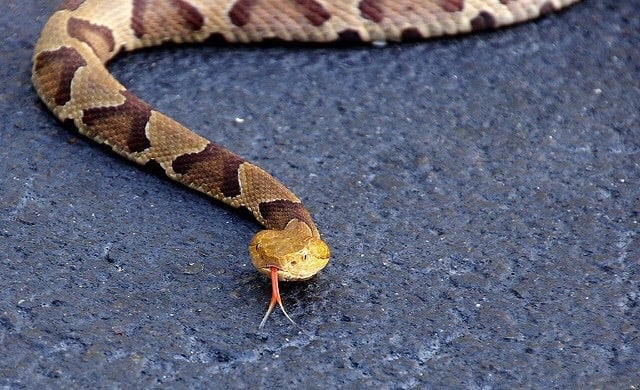



Baby Copperhead Snake Identification Guide Look For These 5 Things Embora Pets
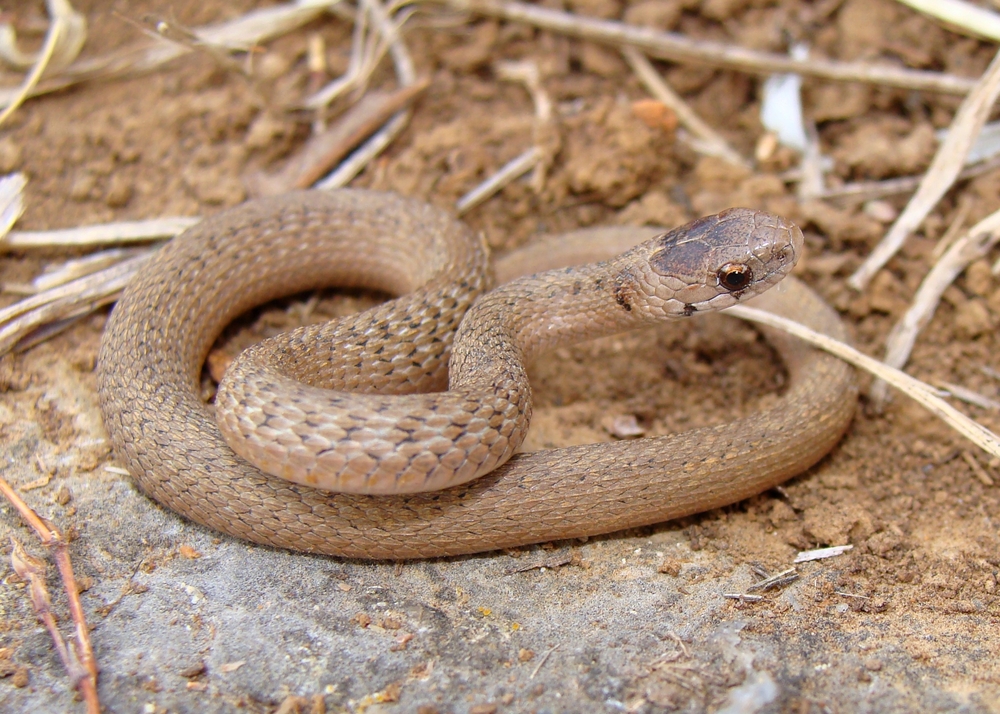



Facts About Brown Snakes Live Science
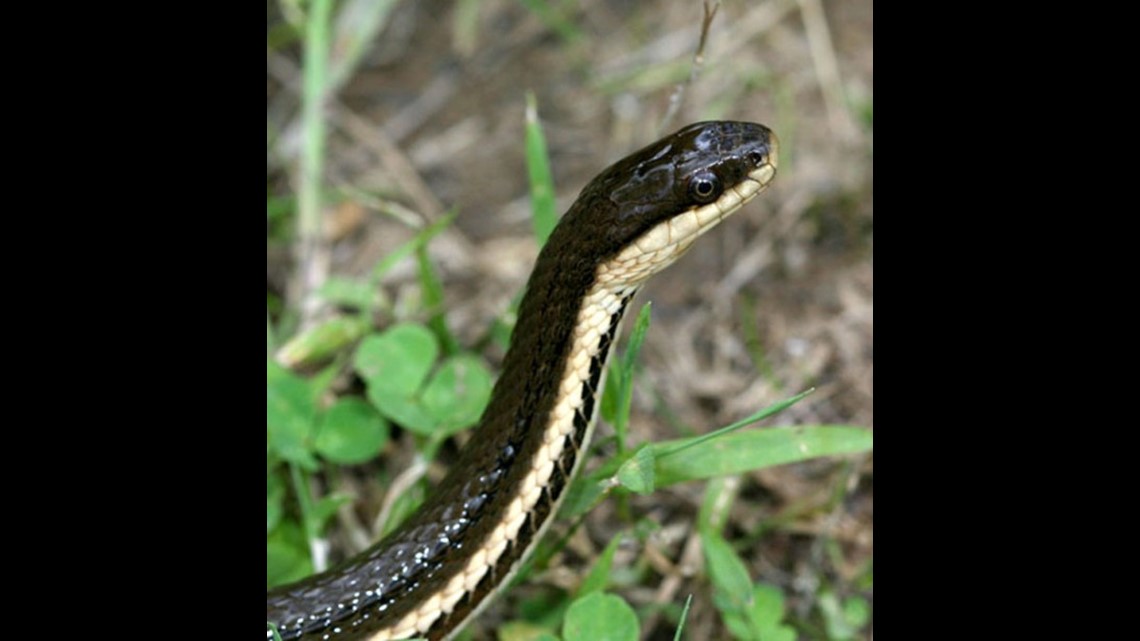



Watch Out For Baby Copperhead Snakes Wfmynews2 Com
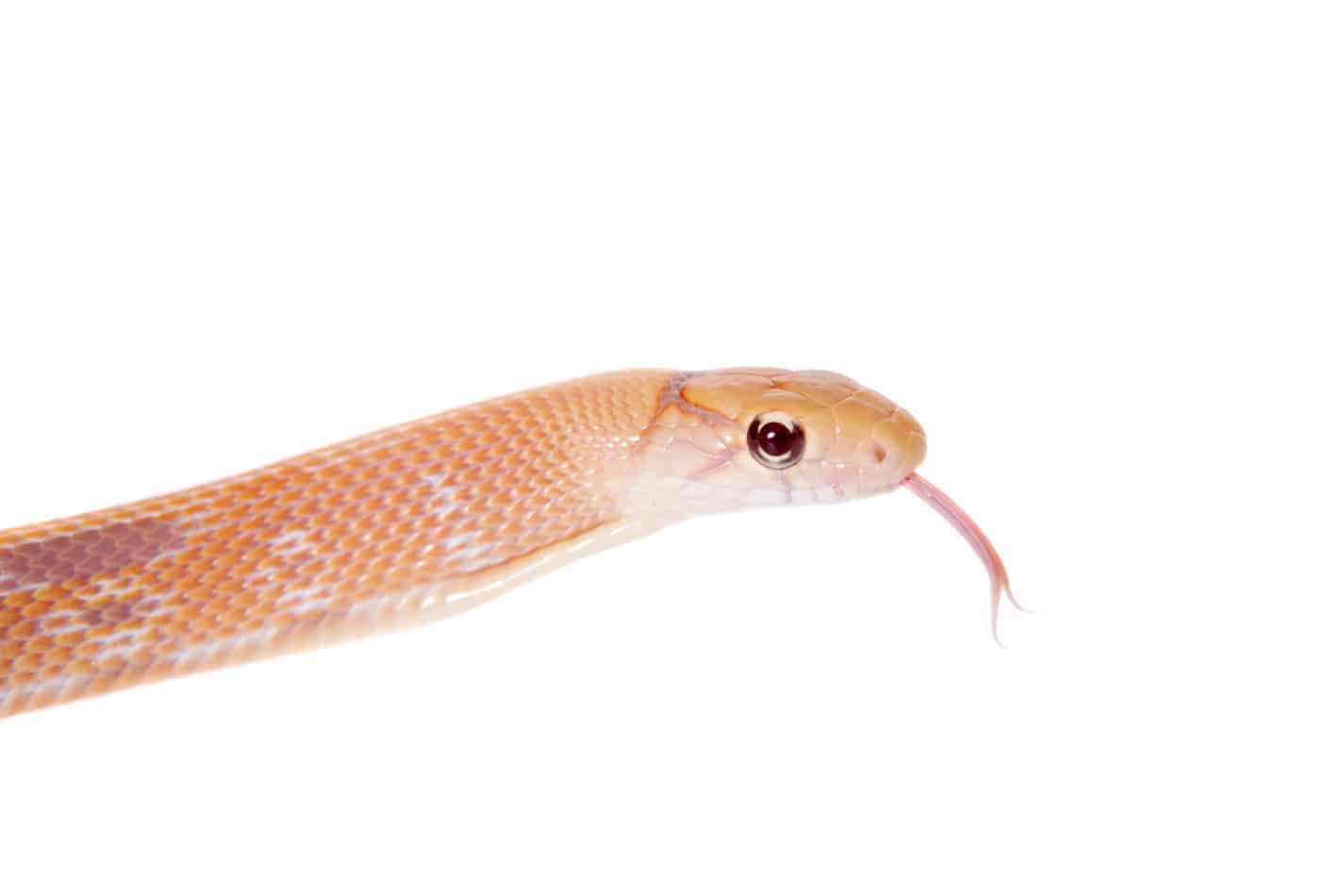



Baby Copperhead Snake Identification Guide Look For These 5 Things Embora Pets




Brown Snake Identification Habits Behavior Allgood Pest Solutions
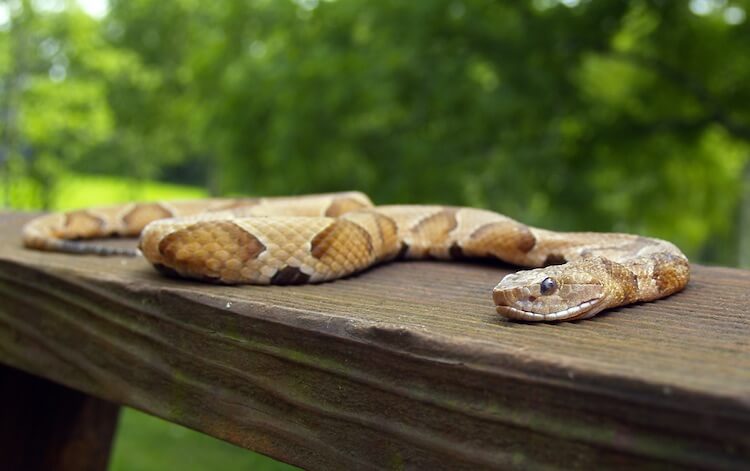



7 Ways To Identify Prevent Remove Baby Copperhead Snakes Everything Reptiles




Species Profile Brown Snake Storeria Dekayi Srel Herpetology




Species Profile Copperhead Agkistrodon Contortrix Srel Herpetology




Identification Of Snakes In Georgia



Copperheads And Similar Looking Harmless Species
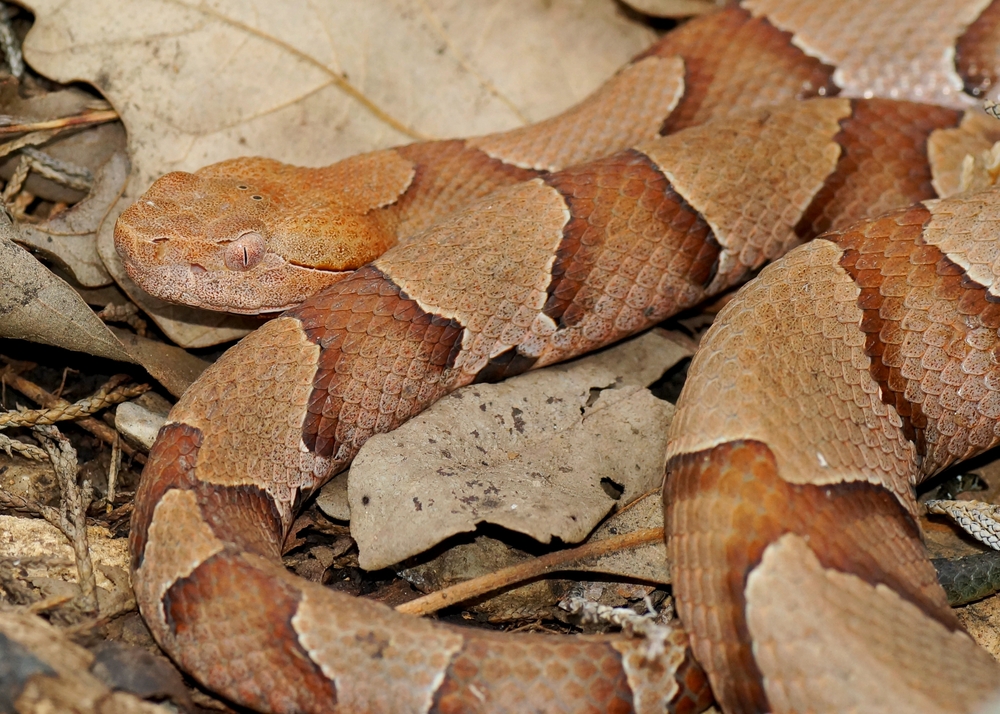



Copperhead Snakes Facts Bites Babies Live Science




The Definitive Guide To Snakes In Forsyth County Forsyth News




Southeastern Reptile Rescue Identifyasnake




Species Profile Brown Snake Storeria Dekayi Srel Herpetology



The Official Ga Snake Id Thread Gon Forum
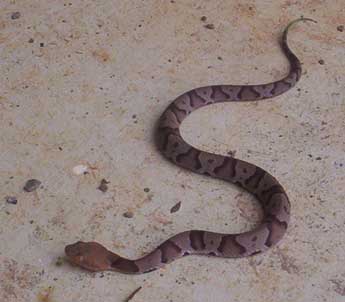



Georgia Snakes In The Fall



Identification Of Snakes In Georgia
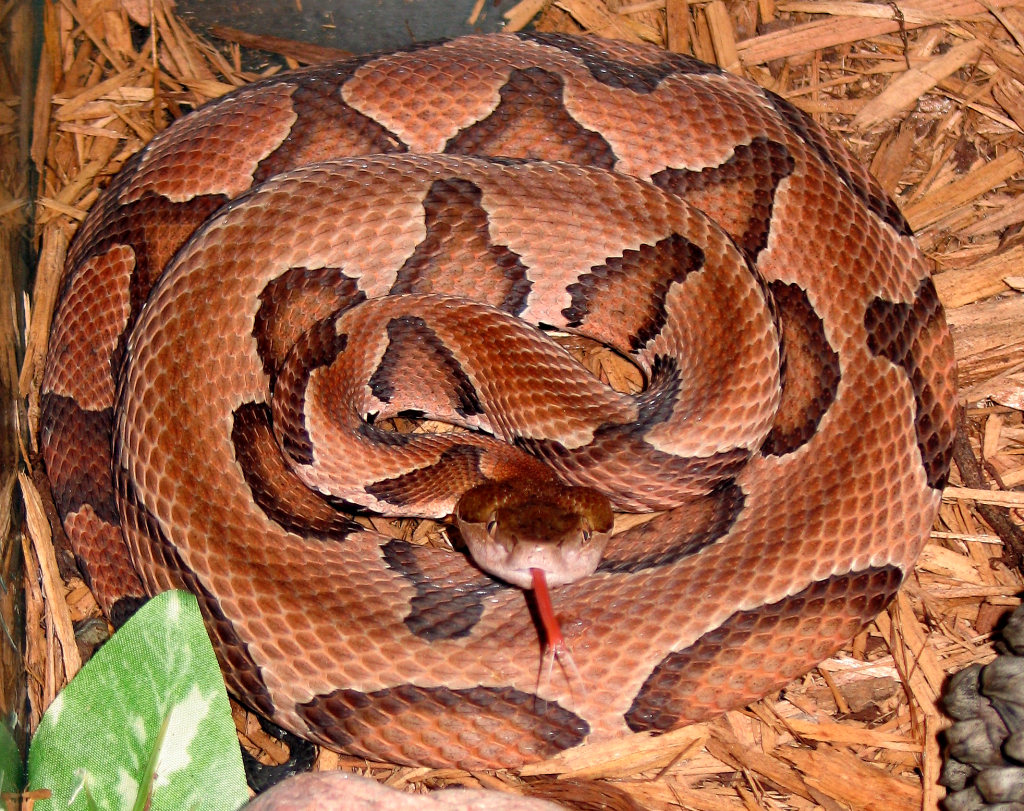



Snake Bite Basics North Georgia Veterinary Specialists North Georgia Veterinary Specialists Partnership Expertise Compassion




Baby Copperheads How To Identify Them And Get Rid Of Them




How To Identify A Baby Copperhead Snake 21 Pictures




Baby Copperhead Snake Identification Guide Look For These 5 Things Automobilių Nuoma Jums




Snakes Are Out Reduce Encounters Agrilife Today




Watch Out For Copperhead Snakes Around Lake Hartwell Lake Hartwell Guide




Georgia Snakes Pictures And Identification Help
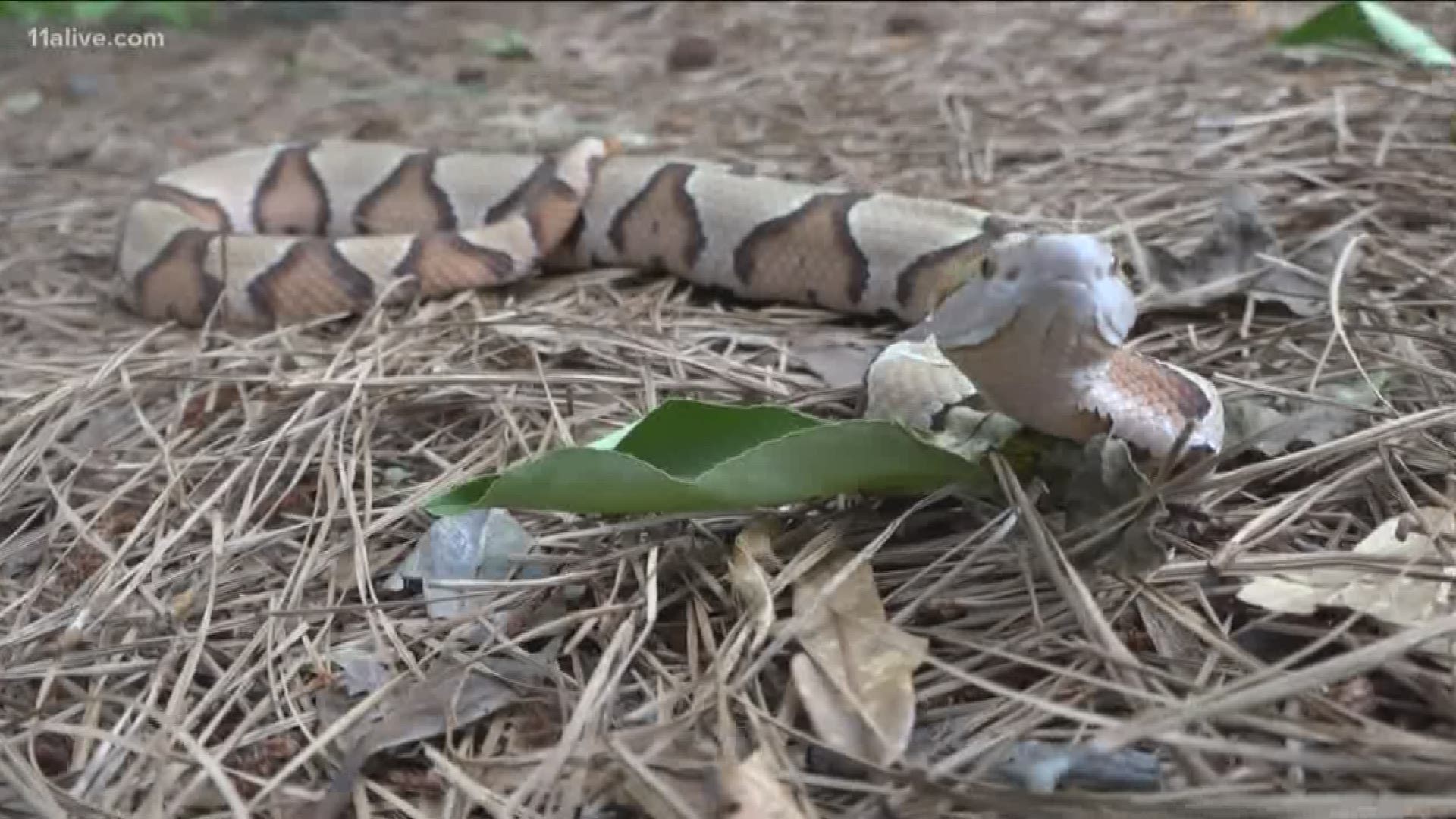



Snake Season In Georgia Survival Is About Respect Awareness And Knowing Truth From Myth 11alive Com
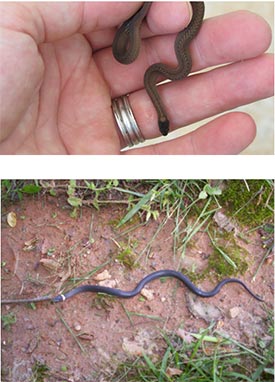



Identifying Fall Snakes




Identifying Copperhead Snakes Home Garden Information Center
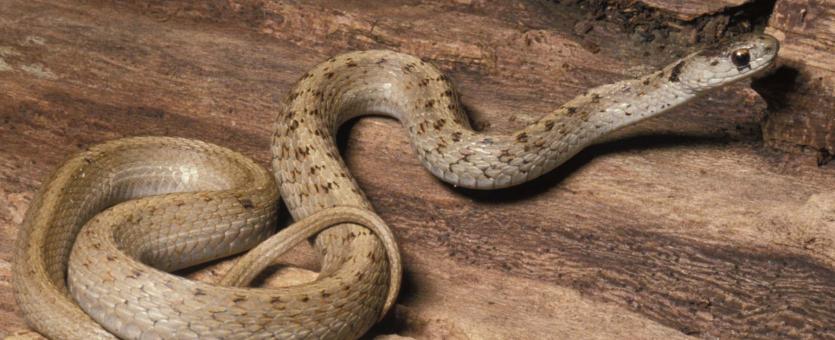



Midland Brownsnake Missouri Department Of Conservation




Baby Copperhead Snakes Will Emerge Soon In North Carolina Due To Warmer Than Normal Summer Abc11 Raleigh Durham




Identifying Copperhead Snakes Home Garden Information Center
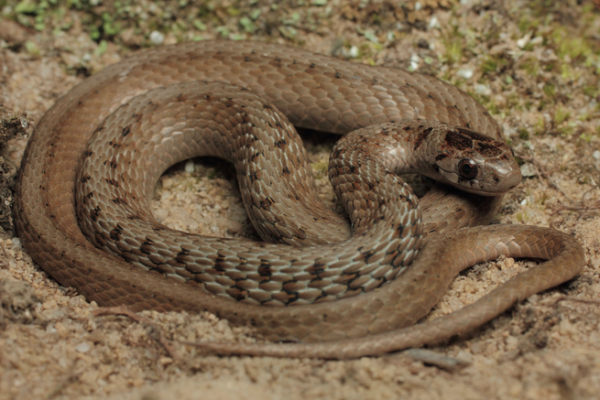



Which Snakes Are More Active In The Fall How To Avoid Snakes Snakebites
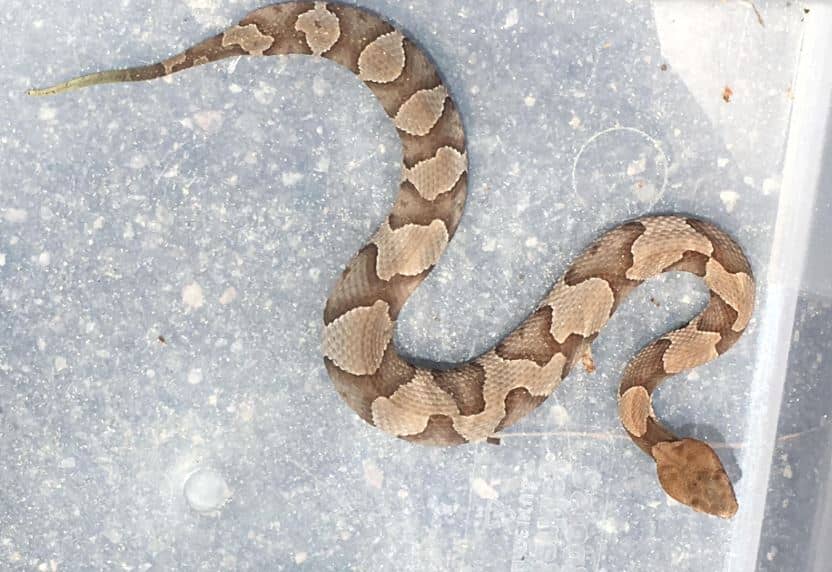



How To Identify A Baby Copperhead Snake 21 Pictures
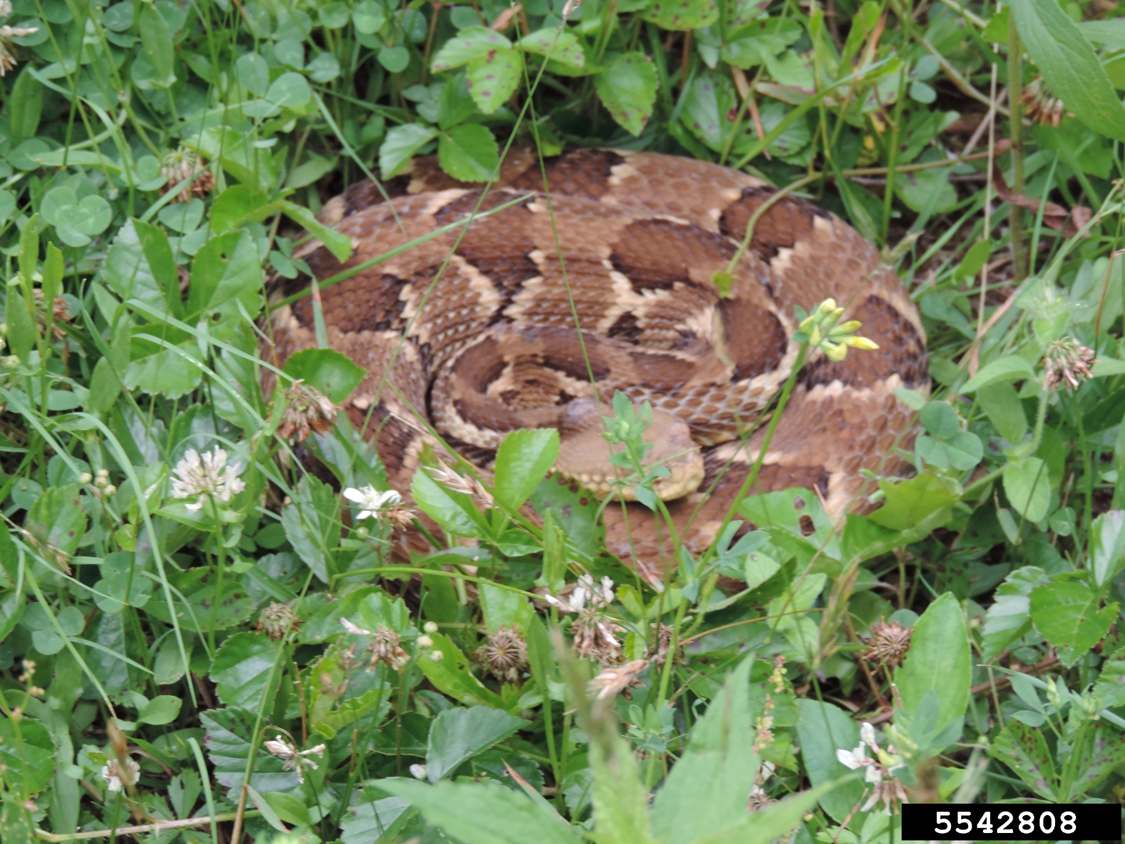



Identifying Copperhead Snakes Home Garden Information Center
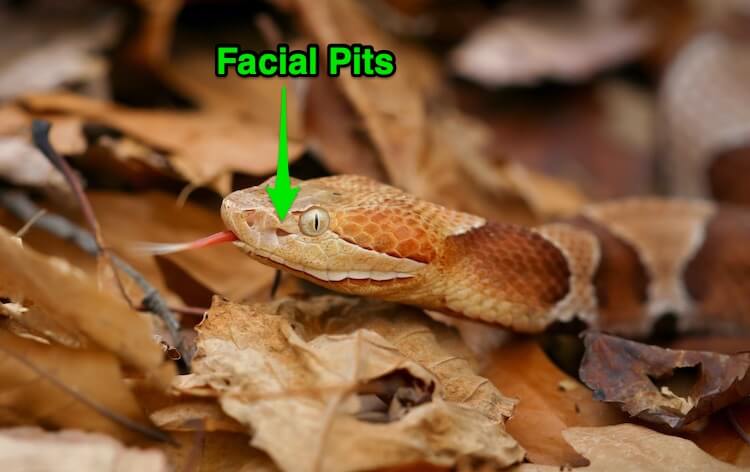



7 Ways To Identify Prevent Remove Baby Copperhead Snakes Everything Reptiles




Baby Copperheads How To Identify Them And Get Rid Of Them



The Official Ga Snake Id Thread Gon Forum




Baby Copperhead Season Has Begun In Carolinas What To Know The State



1
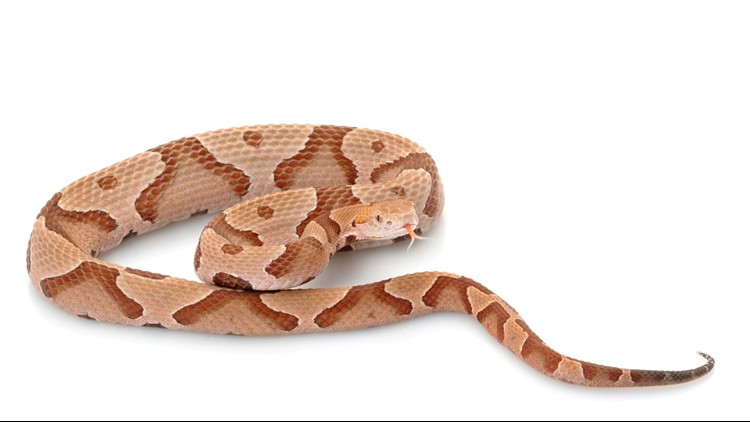



Snakes Found In Georgia 11alive Com




Verify Was A Massive Copperhead Snake Found In Canton Ga 11alive Com




Copperheads Vs North Georgia Water Snakes




Species Profile Brown Snake Storeria Dekayi Srel Herpetology




Georgia Snakes Pictures And Identification Help
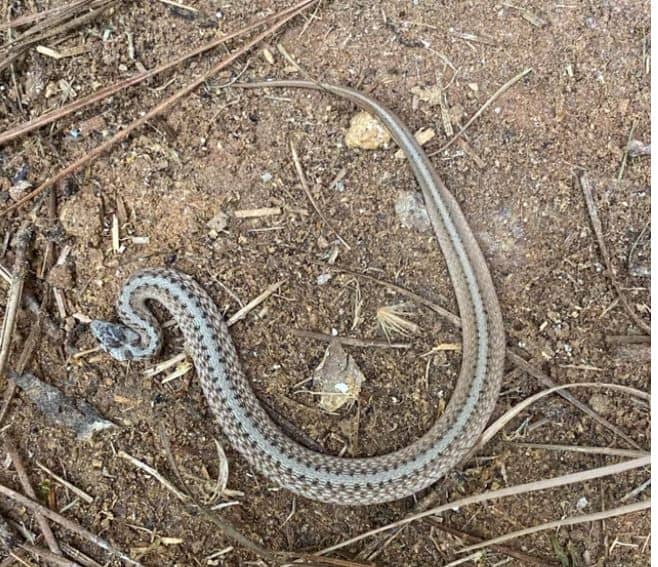



How To Identify A Baby Copperhead Snake 21 Pictures




Snakes In Georgia The Good The Bad And The Truth




A Field Guide To Commonly Misidentified Snakes



Baby



0 件のコメント:
コメントを投稿